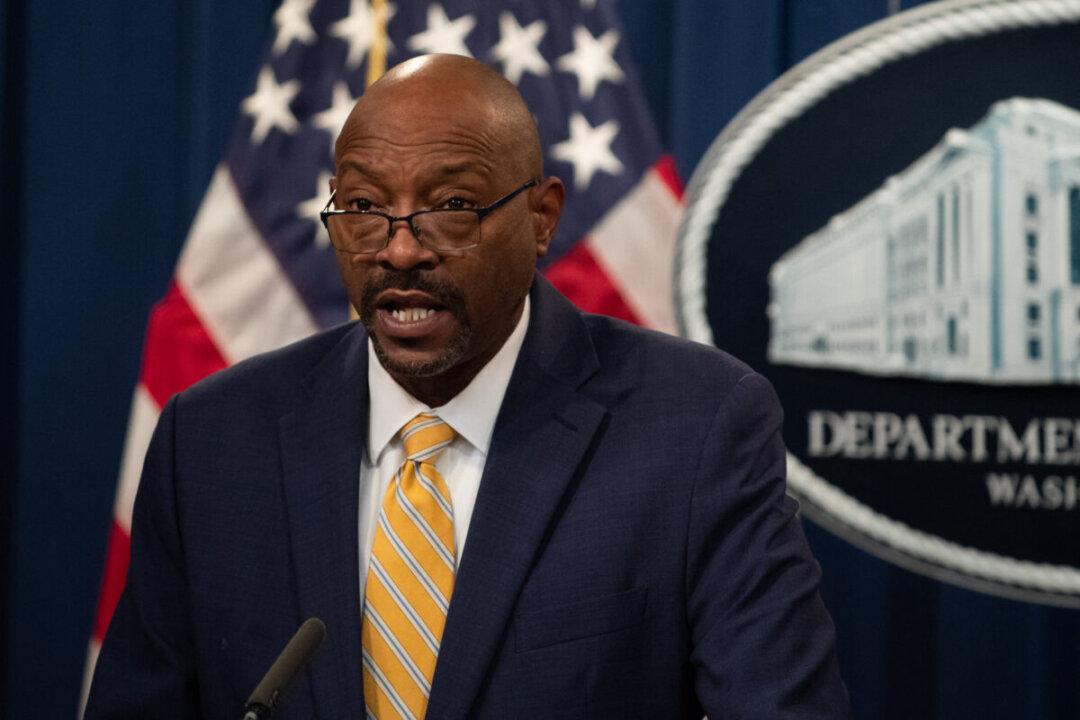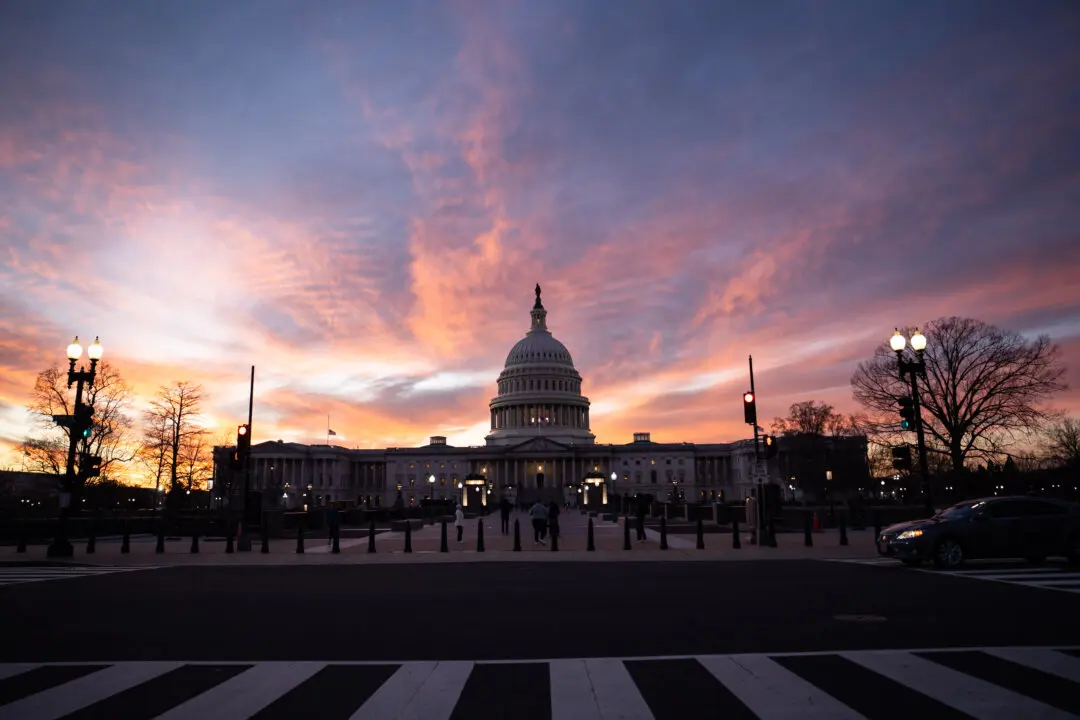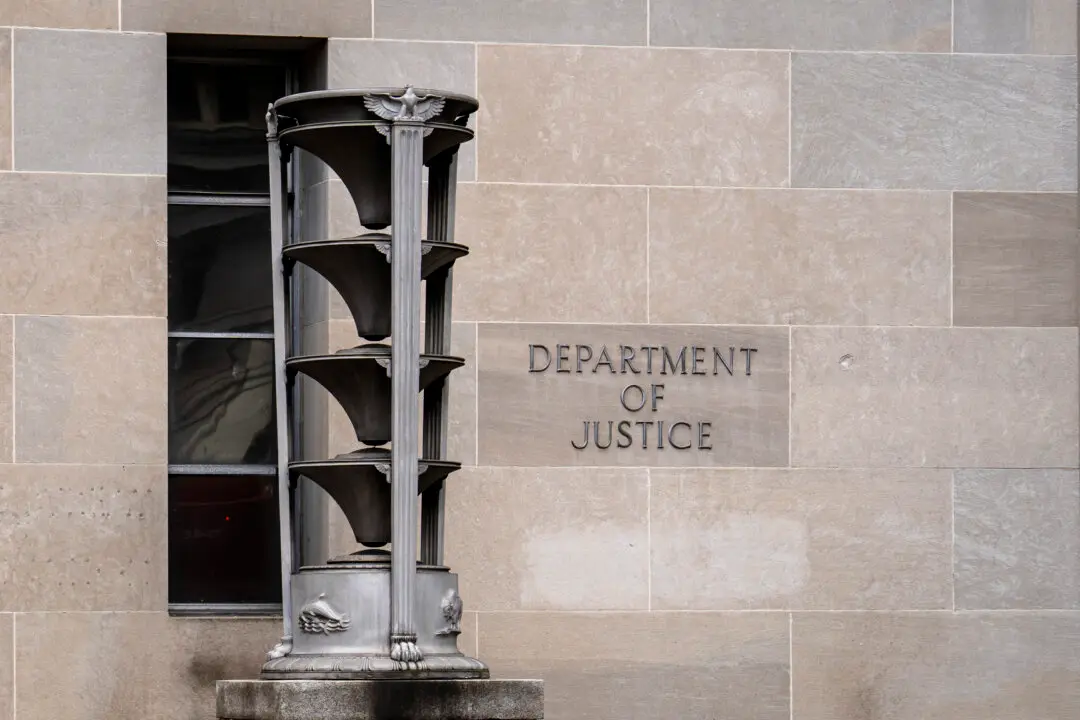The deputy director of U.S. Immigration and Customs Enforcement (ICE) told Congress that ICE is only using 73 percent of its capacity for detaining illegal aliens due to lingering COVID-era regulations.
ICE Deputy Director Tae Johnson, who in his capacity performs the duties of ICE director, appeared before the House Appropriations Committee on April 18 to discuss President Joe Biden’s budget request for fiscal year (FY) 2024.





